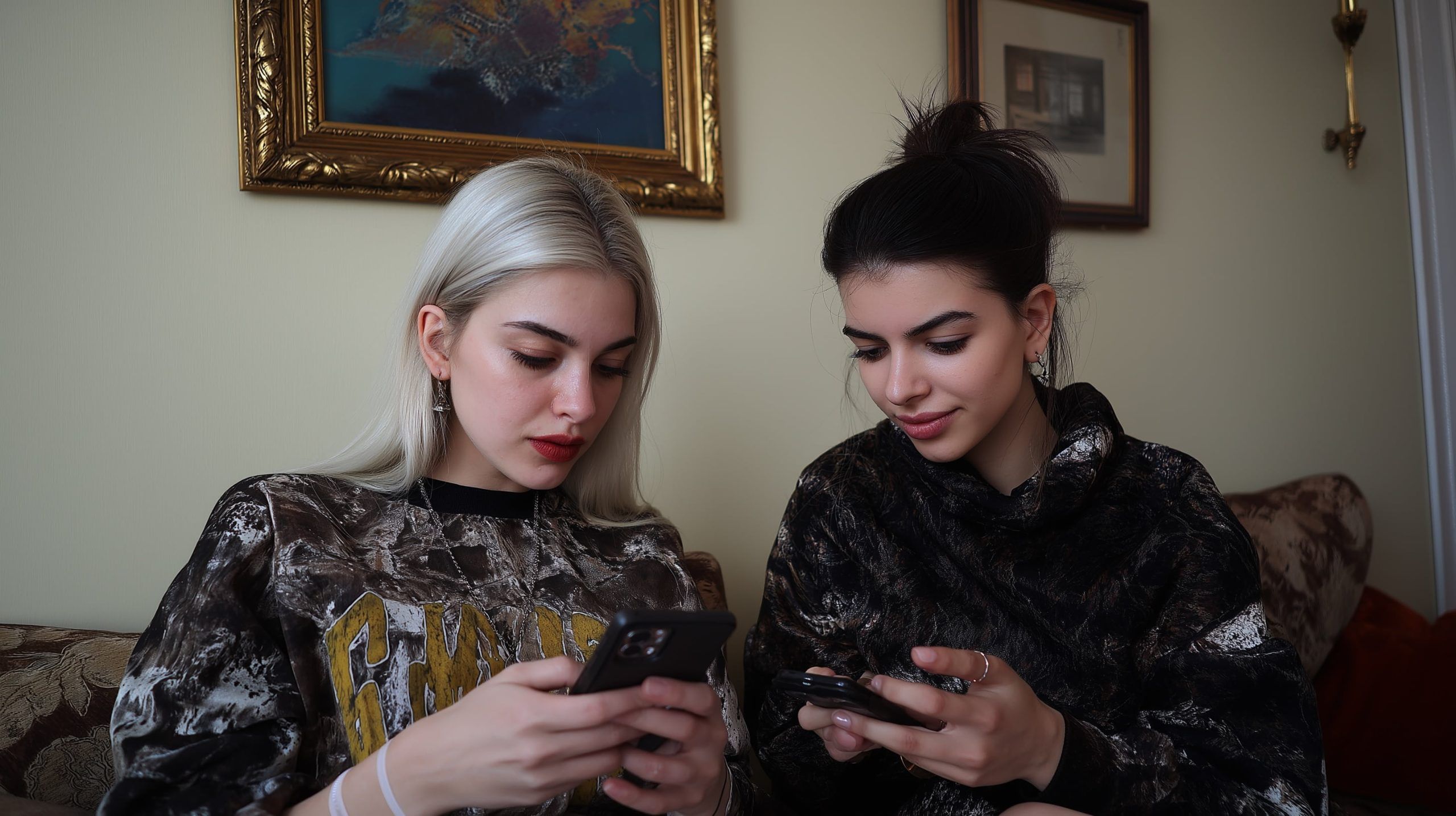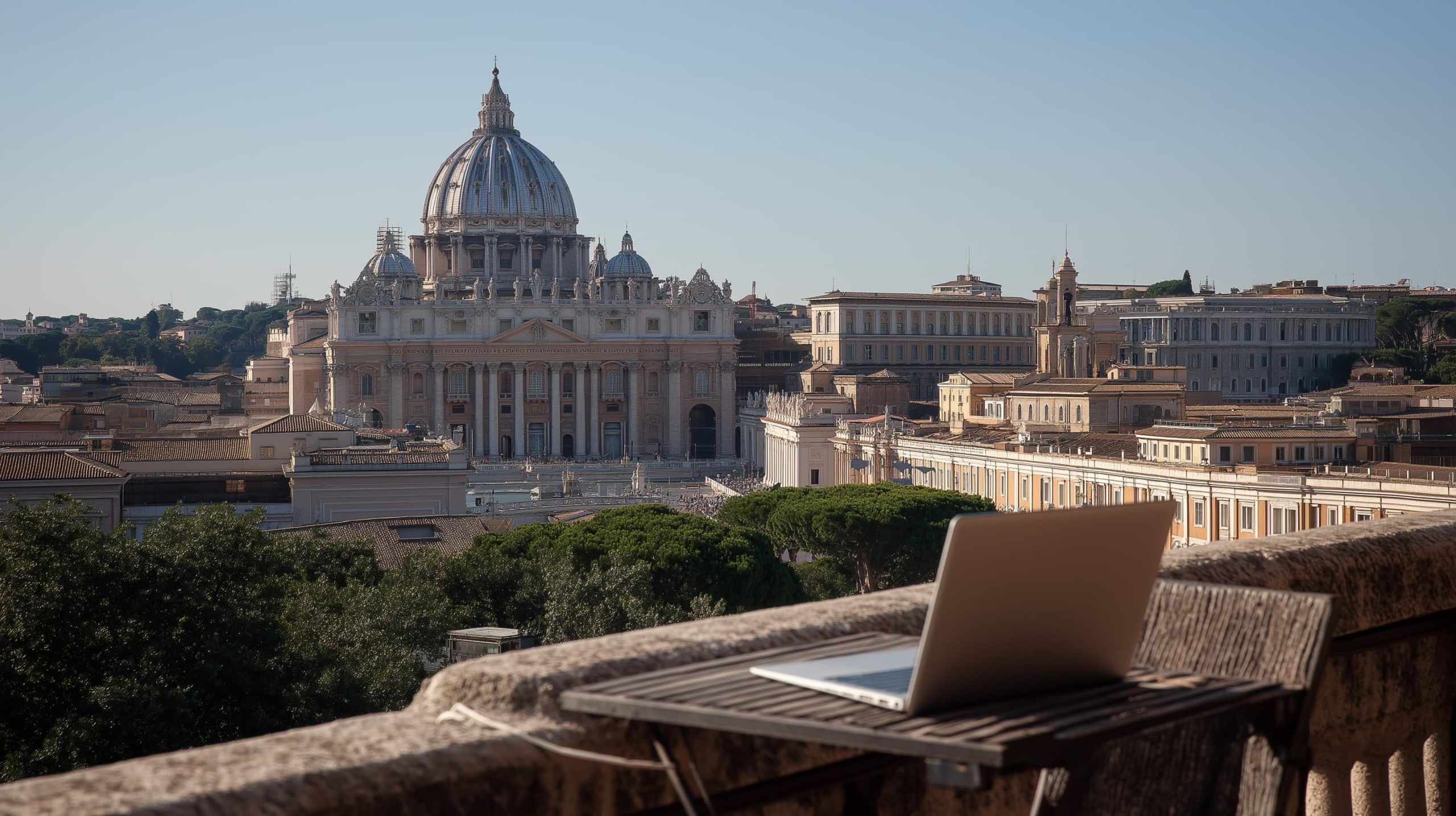
Internet Access in Georgia (Country) vs Georgia (U.S. State): Infrastructure, Coverage, Providers & Digital Divide
By December 2019, fiber connections in Georgia (country) totaled 758,680, with DSL at 41,345 and FTTH accounting for over 82% of fixed broadband. Georgia’s national backbone lands at the Black Sea port of Poti and runs along rail lines to




